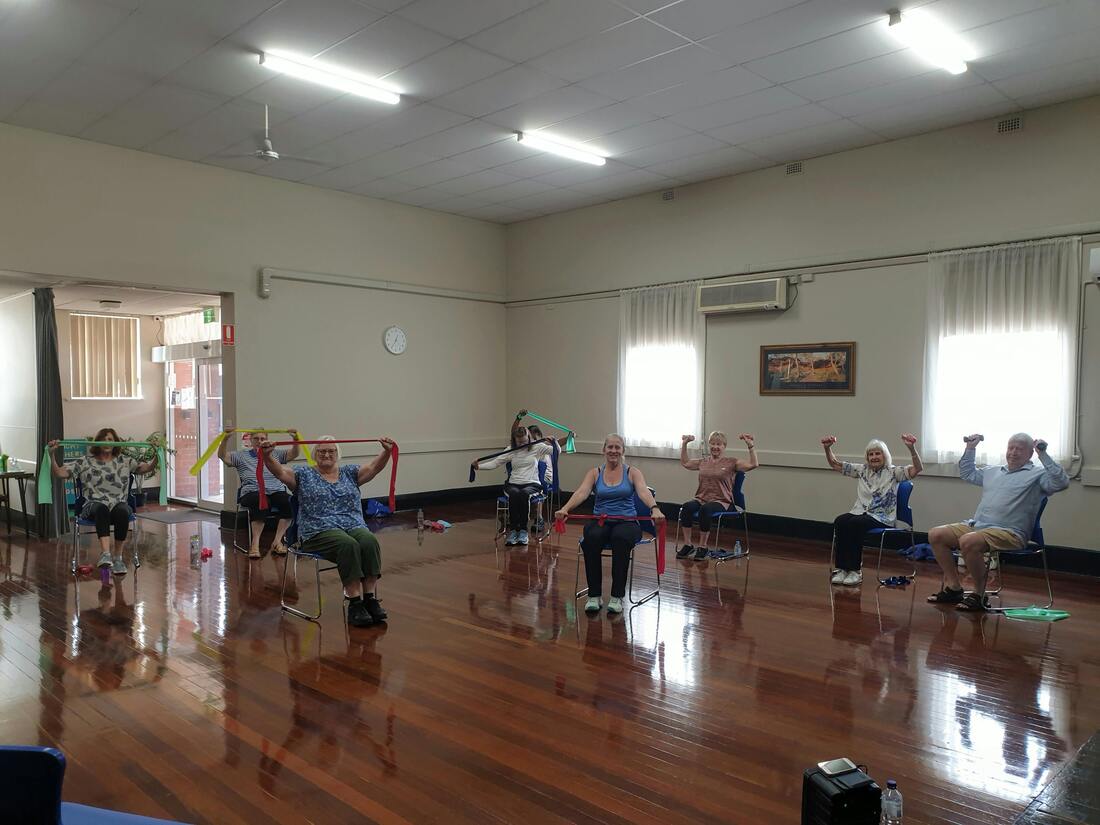As we age, staying healthy and active becomes even more crucial.
Strength training, often overlooked by older adults, is a powerful tool to maintain strength, improve balance, and boost overall well-being.

If you’re considering incorporating strength training into your routine, you’re on the right track!
Why Strength Training Matters
Strength training isn’t just about building bulky muscles.
It offers a wide range of benefits that can significantly improve your quality of life:
| Benefit | Description |
|---|---|
| Increased Strength and Independence | Everyday tasks like carrying groceries or climbing stairs become easier, leading to greater independence and a sense of empowerment. |
| Improved Balance and Reduced Fall Risk | Strength training exercises help improve balance and coordination, reducing the risk of falls, a significant concern for older adults. |
| Stronger Bones and Reduced Risk of Osteoporosis | Weight-bearing exercises stimulate bone growth, helping to maintain bone density and prevent osteoporosis, a condition that weakens bones. |
| Enhanced Metabolism and Weight Management | Strength training helps build muscle mass, which boosts your metabolism and aids in weight management or healthy weight gain. |
| Improved Mood and Cognitive Function | Studies suggest that strength training can have positive effects on mood, reducing symptoms of depression and anxiety. It may also benefit cognitive function and memory. |
Safe and Effective Exercises for All Fitness Levels

The beauty of strength training is its versatility.
You can modify exercises or use lighter weights to suit your current fitness level.
Here are some beginner-friendly exercises to get you started:
Bodyweight Exercises:
- Squats: Stand with feet shoulder-width apart, lower yourself as if sitting in a chair, keeping your back straight and core engaged.
- Lunges: Step forward with one leg, lowering your body until your front knee is bent at a 90-degree angle. Push back to starting position and repeat with the other leg.
- Wall Pushes: Stand facing a wall with your arms shoulder-width apart and hands flat against the wall. Lean in slightly, bending your elbows, and lower your chest towards the wall. Push back to starting position.

Light Weight Exercises

- Bicep Curls: Hold light dumbbells in each hand, palms facing forward. Curl the weights up towards your shoulders, squeezing your biceps. Lower slowly and repeat.
- Tricep Extensions: Hold dumbbells overhead with arms extended. Keeping your upper arms still, lower the weights behind your head until your elbows are bent at a 90-degree angle. Press back up to starting position.
- Rows: Sit on a chair with a light weight in each hand. Row the weights up towards your chest, squeezing your shoulder blades together. Lower slowly and repeat.
Remember: It’s crucial to listen to your body and use proper form to avoid injury.
Consult a healthcare professional before starting a new exercise program, especially if you have any pre-existing health conditions.
They can help you design a safe and effective program based on your individual needs.

Getting Started and Staying Motivated
Taking the first step towards a healthier you is exciting!
Here are some tips to help you get started and stay motivated on your strength training journey:
- Start Slow and Gradually Increase Intensity: Begin with lightweight exercises and gradually increase the weight or difficulty as you get stronger.
- Aim for 2-3 Sessions Per Week: Consistency is key! Aim for two to three strength training sessions per week, allowing rest days for recovery.
- Find a Workout Buddy: Working out with a friend or joining a senior fitness class can increase motivation and add a social element to your routine.
- Make it Fun and Enjoyable: Choose exercises you find engaging and incorporate activities you enjoy, like gardening or dancing.
- Celebrate Your Achievements: Track your progress and acknowledge your accomplishments, no matter how small.
Invest in Your Health: Reap the Rewards of Strength Training

Strength training is an investment in your health and well-being.
By incorporating these exercises into your routine and staying motivated, you can build strength, improve balance, and live a more active and fulfilling life.
Take charge of your health today and start reaping the rewards of strength training!
Bonus Tip: Many online resources and mobile apps offer guided strength training routines specifically designed for older adults.
Explore these options to find a program that suits your needs and preferences.
Citations for Strength Training for Older Adults Blog
- National Institute on Aging: https://www.niams.nih.gov/community-outreach-initiative/understanding-bone-health
- American College of Sports Medicine: https://www.acsm.org/blog-detail/acsm-certified-blog/2019/07/31/acsm-guidelines-for-strength-training-featured-download
This link leads to a downloadable PDF from ACSM titled “ACSM Guidelines for Strength Training”) - Mayo Clinic: https://www.mayoclinic.org/healthy-lifestyle/fitness/basics/strength-training/hlv-20049447



